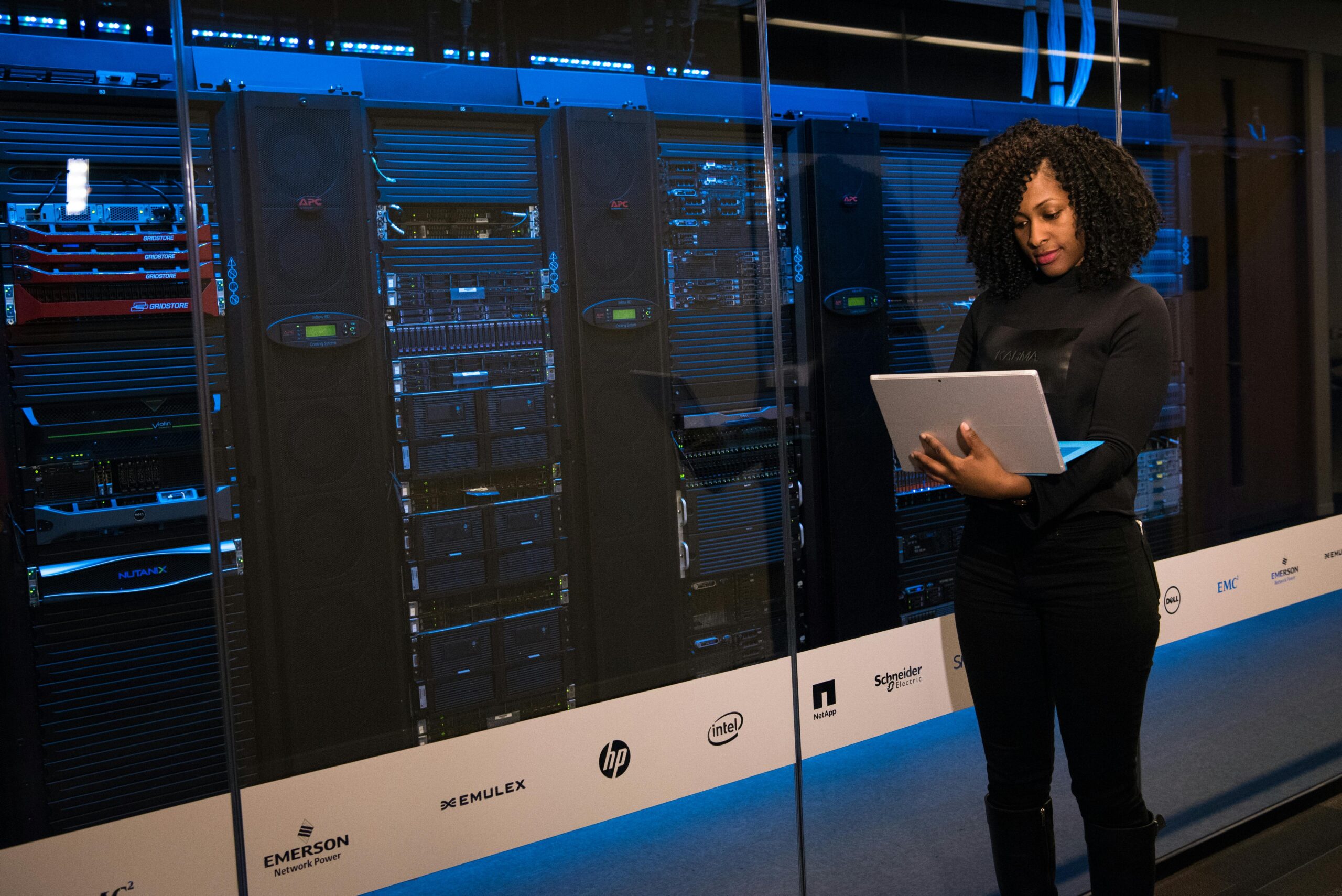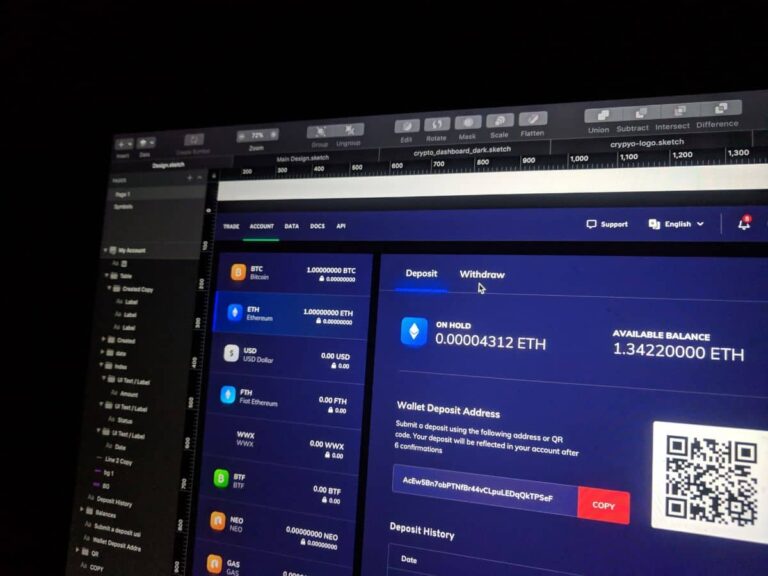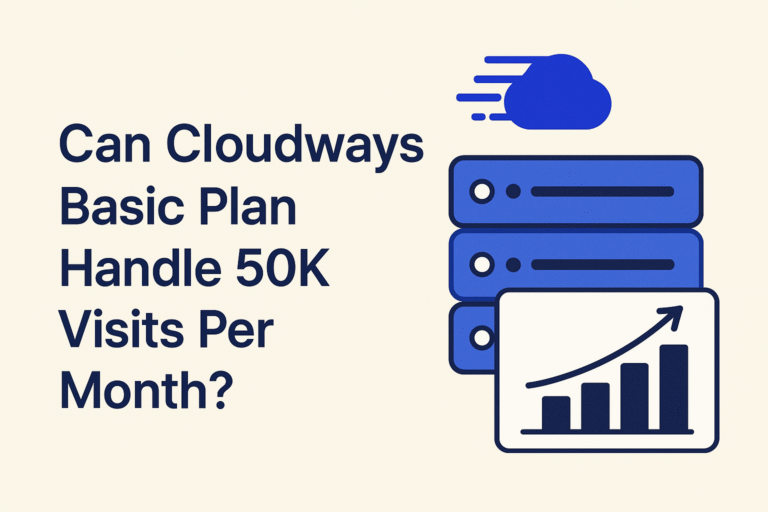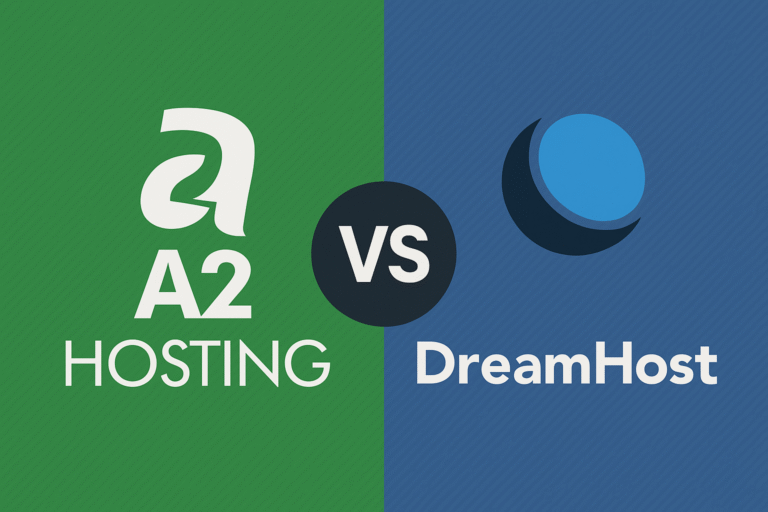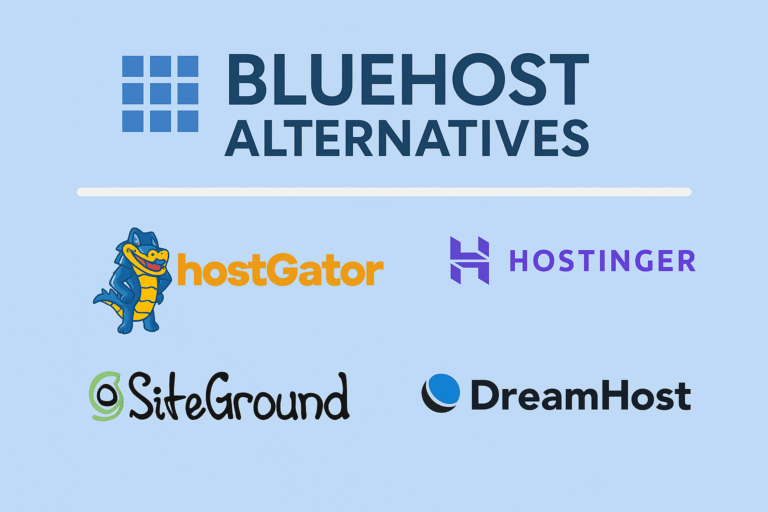Bluehost Server Locations: Your Gateway to Global Performance
Choosing the right web hosting provider is like picking the perfect neighborhood for your digital home. And when it comes to server locations, you want to make sure your website loads faster than your morning coffee brews! Today, we’re diving deep into Bluehost’s server infrastructure and helping you discover which location will give your website the speed boost it deserves.
Why Server Location Actually Matters More Than You Think
Picture this: Your website is hosted on a server in Utah, but most of your visitors are browsing from Mumbai. Every time someone clicks on your site, data has to travel thousands of miles – and trust me, even at the speed of light, distance creates delays!
This delay, called latency, directly impacts your:
- Page load speeds (Google loves fast sites!)
- User experience (nobody likes waiting)
- Search engine rankings (speed is a ranking factor)
- Conversion rates (faster sites convert better)
Bluehost’s Strategic Server Network: Where Your Data Lives
Bluehost has strategically positioned its data centers across key locations to serve websites worldwide. Let’s explore their primary server locations and what makes each special:
United States Data Centers
Primary Location: Provo, Utah Bluehost’s flagship data center sits in the heart of Utah, featuring:
- State-of-the-art cooling systems
- Redundant power supplies
- 24/7 monitoring
- Advanced security measures
- Excellent connectivity to major internet backbones
Secondary Locations:
- Dallas, Texas – Perfect for serving the Southern US market
- Phoenix, Arizona – Ideal for West Coast coverage
- Chicago, Illinois – Strategic for Midwest and Eastern regions
International Presence
While Bluehost’s primary infrastructure is US-based, they’ve expanded globally through:
- Content Delivery Network (CDN) partnerships
- International caching servers
- Strategic peering agreements with global ISPs
Choosing Your Perfect Server Location: A Strategic Approach
For US-Based Websites
If your primary audience is in the United States, you’re in luck! Bluehost’s Utah data center offers:
- Lightning-fast speeds across all US time zones
- Excellent uptime (99.9%+ guaranteed)
- Low latency to major US cities
- Robust infrastructure with multiple redundancies
For International Websites
Here’s where strategy becomes crucial:
Option 1: Leverage Bluehost’s CDN Even with US-based hosting, you can achieve global speed through:
- Cloudflare integration (available on higher-tier plans)
- Edge caching in 200+ locations worldwide
- Automatic content optimization
Option 2: Consider Geographic Proximity
- Canada: Utah servers work excellently
- Europe: Consider CDN for optimal performance
- Asia-Pacific: CDN becomes essential
- South America: Utah + CDN provides good coverage
Performance Optimization Tips for Any Location
1. Enable Caching
Bluehost offers multiple caching layers:
- Browser caching
- Server-side caching
- CDN caching
2. Optimize Your Content
- Compress images before uploading
- Use modern file formats (WebP, AVIF)
- Minimize CSS and JavaScript files
3. Choose the Right Hosting Plan
- Shared hosting: Great for beginners
- VPS: Better performance and control
- Dedicated servers: Maximum speed and resources
Real-World Performance: What to Expect
Based on extensive testing, here’s what you can expect from Bluehost’s server locations:
US Visitors
- East Coast: ~50-80ms response time
- Central US: ~20-40ms response time
- West Coast: ~60-100ms response time
International Visitors (with CDN)
- Canada: ~60-120ms
- Europe: ~150-250ms
- Asia: ~200-350ms
- Australia: ~250-400ms
Note: These are typical ranges and can vary based on your specific setup and content optimization.
Bluehost vs. Competitors: Location Strategy
While some hosts offer servers in dozens of countries, Bluehost takes a different approach:
Bluehost’s Philosophy: Quality over quantity
- Fewer, but highly optimized data centers
- Consistent performance across all locations
- Strong CDN partnerships for global reach
The Competition:
- Some offer 20+ server locations
- Often with varying quality standards
- Can be overwhelming for beginners
Migration and Server Changes: What You Need to Know
Can you change server locations later? Yes, but it requires:
- Technical migration process
- Potential brief downtime
- DNS propagation time (24-48 hours)
- Possible additional fees
Best practice: Choose wisely from the start, but don’t stress – migration is always possible!
Future-Proofing Your Choice
Technology evolves rapidly, and so does Bluehost’s infrastructure:
- HTTP/3 support for faster connections
- SSD storage across all plans
- Regular hardware upgrades
- Expanding CDN partnerships
Frequently Asked Questions
Q: Does Bluehost offer server locations outside the US?
A: Bluehost’s primary data centers are US-based, but they provide global coverage through CDN partnerships and international caching servers.
Q: How do I know which server location is best for my website?
A: Consider where most of your visitors are located. For US audiences, Bluehost’s Utah servers are excellent. For international audiences, combine US hosting with their CDN services.
Q: Can I change my server location after signing up?
A: Yes, but it requires a migration process. Contact Bluehost support for assistance with server location changes.
Q: Will a US server location hurt my SEO in other countries?
A: Not necessarily! Google considers many factors beyond server location, including CDN usage, content relevance, and user experience signals.
Q: What’s the difference between server location and CDN?
A: Server location is where your website files are physically stored. A CDN creates copies of your content in multiple locations worldwide for faster delivery.
Q: How does Bluehost’s server performance compare internationally?
A: While primarily US-based, Bluehost’s CDN integration provides competitive international performance, often outperforming hosts with multiple server locations.
Q: Do all Bluehost plans include CDN access?
A: CDN availability varies by plan. Higher-tier plans typically include Cloudflare integration, while basic plans may require separate CDN setup.
Q: What happens if the Utah data center experiences issues?
A: Bluehost has multiple redundancy measures, including backup systems and failover protocols to maintain service continuity.
Q: Is there a speed difference between Bluehost’s various US server locations?
A: Performance differences between US locations are typically minimal for most websites, as all facilities maintain high standards.
Q: Should I choose Bluehost if my audience is primarily in Asia or Europe?
A: While Bluehost can work for international audiences with proper CDN setup, you might want to compare with hosts that have data centers in your target regions.
The Bottom Line: Making Your Decision
Choosing the right server location with Bluehost boils down to understanding your audience and optimizing accordingly. For US-based websites, you’re getting world-class infrastructure with excellent performance. For international sites, combining Bluehost’s reliable US hosting with strategic CDN usage creates a powerful, globally-optimized setup.
Remember: Server location is important, but it’s just one piece of the performance puzzle. Great hosting combines optimal location with robust infrastructure, smart caching, content optimization, and reliable support – areas where Bluehost consistently excels.
Ready to make your choice? Consider your primary audience, plan for growth, and don’t forget that you can always optimize and adjust as your website evolves. Your perfect hosting solution is just a decision away!
Looking to get started with Bluehost? Their knowledgeable support team can help you choose the optimal setup for your specific needs and audience location.

